|
Flowers in the landscape are usually a welcome sight, particularly at the beginning of spring. However, when those flowers pop up in unusual places, it can become cause for concern or confusion. After all, the definition of a weed is simply a plant growing out of place. With that in mind, I wanted to talk today about a common winter weed that is just starting to bloom.
seeds are often carried by water, it is common to see patches of henbit in low areas in the lawn, or near ditches.
If you’re the type that is not willing to tolerate weeds in the lawn regardless of circumstance, then herbicides are an option, although now is not the ideal time to treat henbit with herbicides. Winter annual weeds such as henbit are best controlled by using a pre-emergence herbicide in the fall, similar to the way we treat for crabgrass in the spring. This is actually the best defense against these types of weeds, since it is much harder to kill them by the time they are flowering. Unfortunately, many people don’t think about the weed until it starts to flower, and by then pre-emergence herbicides will do no good. Make a note on your calendar in September to apply a pre-emergence herbicide for henbit and other winter annual weeds.
Chickweed, stellaria media The best defense against these weeds returning to your lawn each year is to grow a healthy stand of grass. While that sounds simple enough, growing healthy grass involves a number of different management practices, including proper watering, mowing, fertilization, and early detection and control of insect, disease, and weed problems. A healthy lawn will out-compete the majority of weed species.
Matthew Stevens is the County Extension Director and Horticulture Agent for North Carolina Cooperative Extension’s Pitt County Center. If you have questions about this article or gardening in general, please contact the Pitt County Extension Master Gardener Infoline at 252-902-1705. Photos: https://plants.ces.ncsu.edu
0 Comments
Leave a Reply. |
Matt Stevens
Pitt County Extension Director & Horticulture Agent Archives
July 2024
Categories |
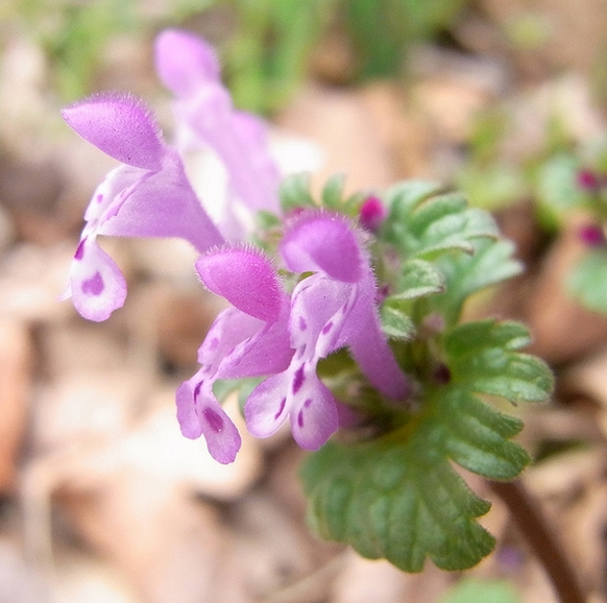
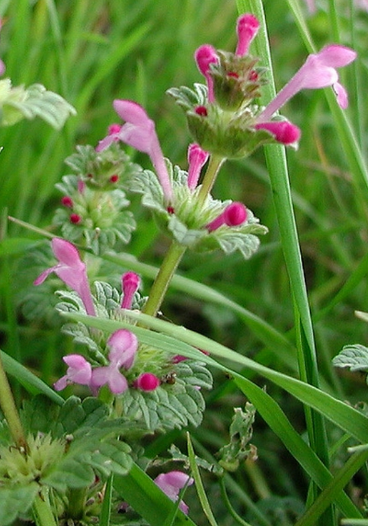
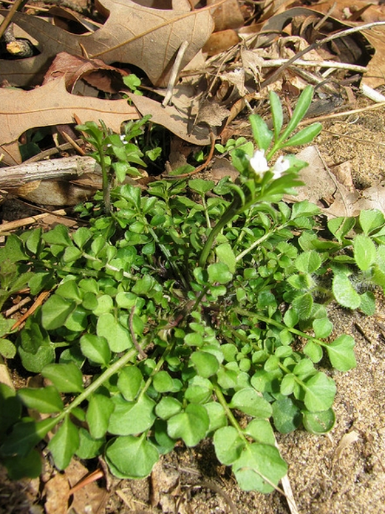
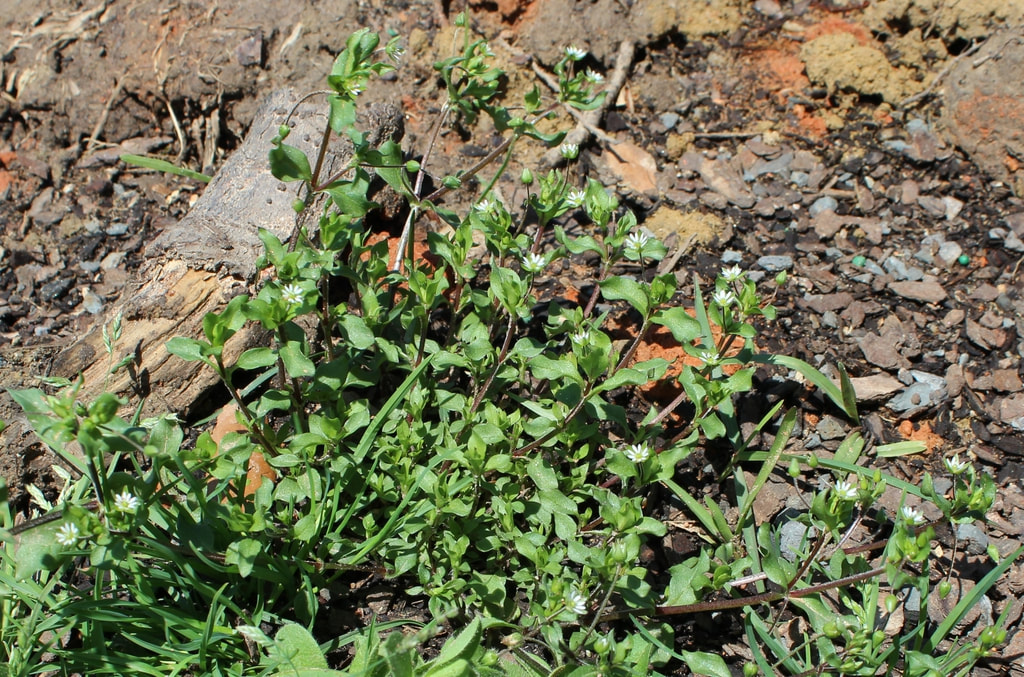
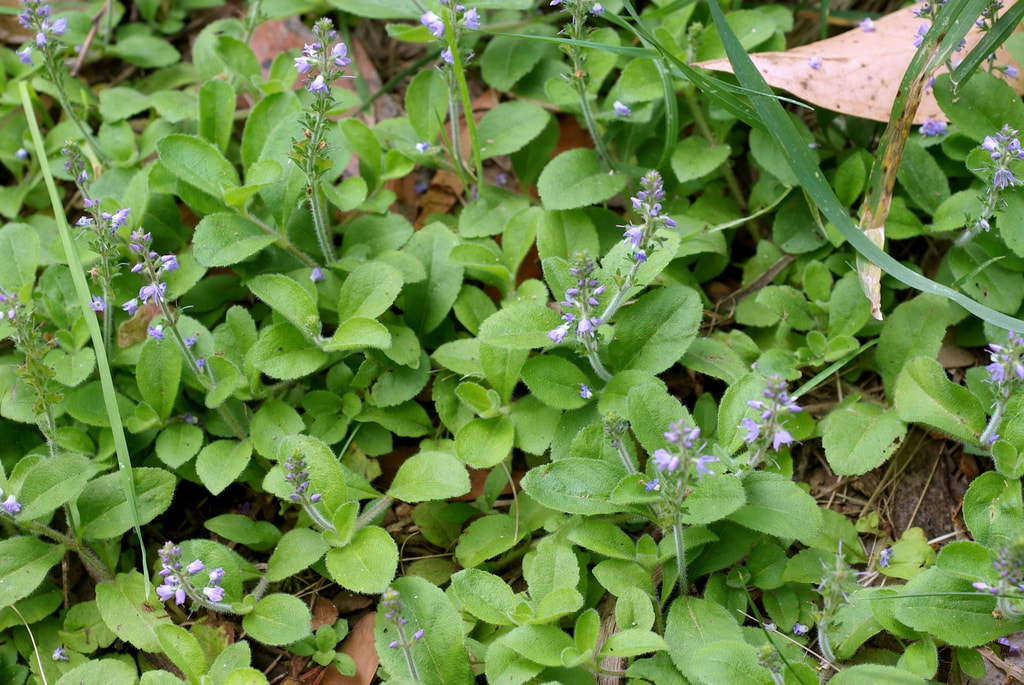
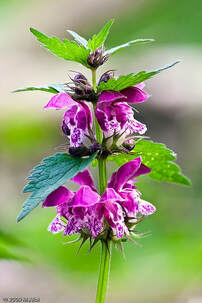
 RSS Feed
RSS Feed